Dongfeng-Changan Merger Collapses: Why is Automotive Integration So Challenging?
![]() 06/08 2025
06/08 2025
![]() 529
529
Introduction | Lead
As competition intensifies in the domestic auto market, consolidation among automakers has emerged as a prominent trend. Amidst this backdrop, the proposed merger between Changan and Dongfeng, two centrally-administered state-owned enterprises (SOEs), garnered significant attention, with anticipation for the birth of a new automotive behemoth. However, this high-profile union abruptly ended with an announcement from the involved parties. What underpins the difficulties in integrating domestic automakers?
Produced by | Heyan Yueche Studio
Written by | Zhang Chi
Edited by | He Zi
Total words: 2500
Reading time: 4 minutes
On June 5, Changan Automobile announced that its parent company, China South Industries Group Corporation (hereinafter referred to as "CSGC"), had received notification from the State-owned Assets Supervision and Administration Commission of the State Council (SASAC), stating that with the approval of the State Council, CSGC would be restructured, with the automotive business becoming an independent central enterprise. Dongfeng companies had announced a day earlier that Dongfeng Motor Corporation would not proceed with relevant asset and business restructuring for the time being.
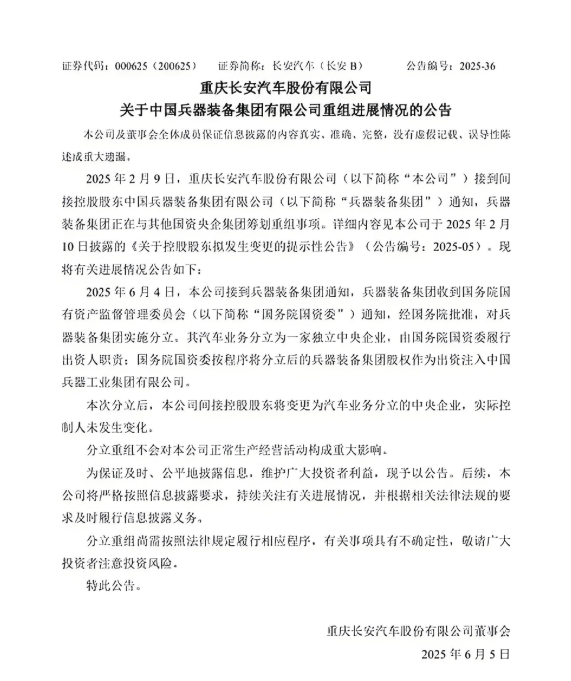
△ The proposed merger between Dongfeng and Changan abruptly ended with announcements from the respective companies.
Why Did Dongfeng and Changan Fail to Join Forces?
In an era where the domestic auto industry generally agrees it has entered a crucial phase, with companies like Geely and NIO conducting internal integrations, the halt of the Changan-Dongfeng integration came as a surprise to many.
The relevant departments intended the Dongfeng-Changan merger with good intentions. Based on 2024 sales figures, the combined annual sales of these two automaker groups would have reached 5.16 million vehicles, making it not only the largest in China but also the fifth largest globally. The automotive industry values scale, where greater size translates to higher resource efficiency, lower unit costs, and enhanced corporate strength.
Unlike the proposed merger between Dongfeng and Changan, Geely issued the "Taizhou Declaration" to promote the integration of Lynk & Co and ZEEKR against a unique backdrop. Over the past few years, Geely has emulated internet companies by adopting an "internal horse race" model, where multiple teams within the company work in parallel to advance projects. The team that delivers results first prevails. In the rapidly evolving market technology landscape, the "horse race model" can help companies seize fleeting opportunities and swiftly launch new products. However, in today's context, whether in smart cockpits or intelligent driving, mainstream automakers have ventured into the depths of technological breakthroughs. Maintaining multiple internal teams for the same project solely to save time is no longer necessary. The tangible cost-reduction benefits of integration will serve as Geely's ammunition in price wars.
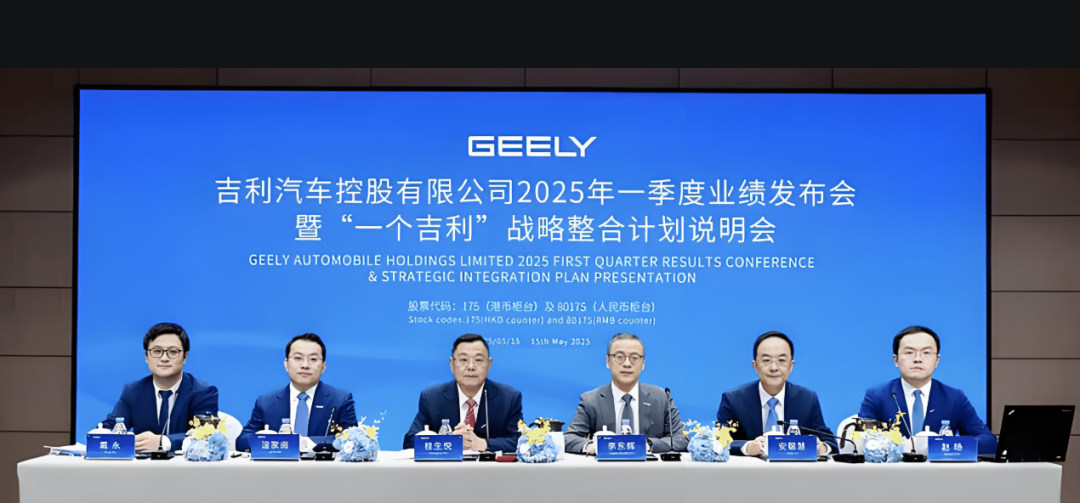
△ Geely Automobile abandons the horse race model and returns to "One Geely".
In contrast, Changan and Dongfeng automakers were not founded with such a horse race mechanism in mind. Therefore, integrating these two automakers is extremely challenging. In terms of scale, Changan's annual sales in 2024 reached 2.683 million vehicles, with revenue of 159.733 billion yuan and net profit of 7.321 billion yuan. Dongfeng Motor Corporation sold 1.8959 million vehicles in the same period, with revenue of 106.197 billion yuan and a net profit of just 0.58 billion yuan, barely turning a profit. In terms of performance, Changan Automobile significantly outperforms Dongfeng Motor Corporation. However, administratively, Dongfeng was previously on par with Changan Automobile's parent company. For the new automaker that would have emerged from this merger, who would wield dominance would be a sensitive yet inevitable issue.
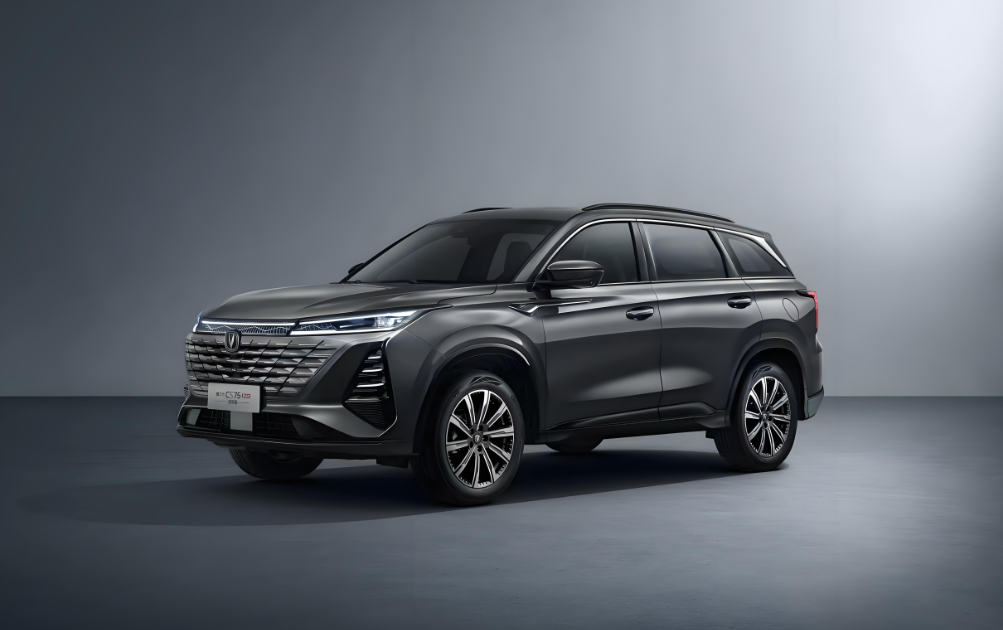
△ Although Changan Automobile surpasses Dongfeng in size and profitability, it may not necessarily dominate after integration.
Moreover, there is a high degree of overlap in the businesses of Dongfeng and Changan automaker groups. Apart from Dongfeng's strength in the commercial vehicle sector, the two automakers exhibit significant overlap in their passenger vehicle layouts. Even in the realm of new energy vehicle brands, the two are at loggerheads: Dongfeng has Hovo Auto, while Changan has established AITO. Merging these overlapping businesses within these two automaker groups would not be straightforward.
Globally, there are far more failed mergers and acquisitions among multinational automakers than successful ones. Integrating corporate culture and allocating projects and resources involve numerous considerations, and one misstep can affect the entire situation.
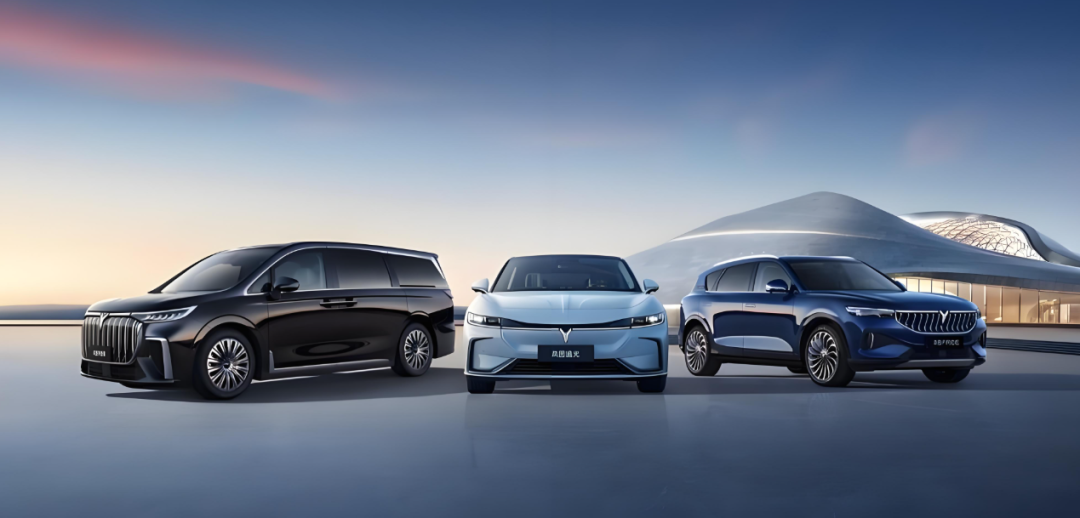
△ Dongfeng and Changan have a high degree of overlap in their businesses.
Bigger Does Not Equal Stronger
Despite their combined size post-merger, Dongfeng and Changan would still be far from multinational giants like Toyota and Volkswagen. They would also pale in comparison to new force automakers like Xiaomi, AITO, and Li Auto. The monthly sales of a single Xiaomi SU7 model equate to the combined sales of Hovo Auto and AITO brands.
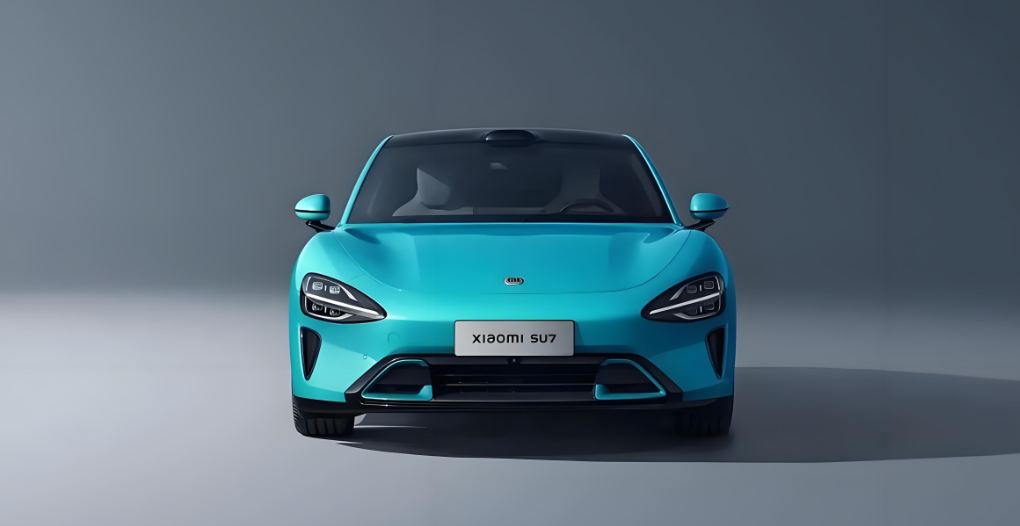
△ The monthly sales of a single Xiaomi SU7 model equal the combined sales of Hovo Auto and AITO brands.
What state-owned automakers lack is never scale but rather a sense of urgency and the adaptability to survive against all odds. As a private enterprise, Geely went all in when acquiring Volvo, engaging in a do-or-die battle with no room for failure. For BYD, it not only recognized the vast market opportunity in new energy vehicles but also dared to adhere to its identified lithium iron phosphate technology route when ternary lithium batteries from CATL were all the rage.
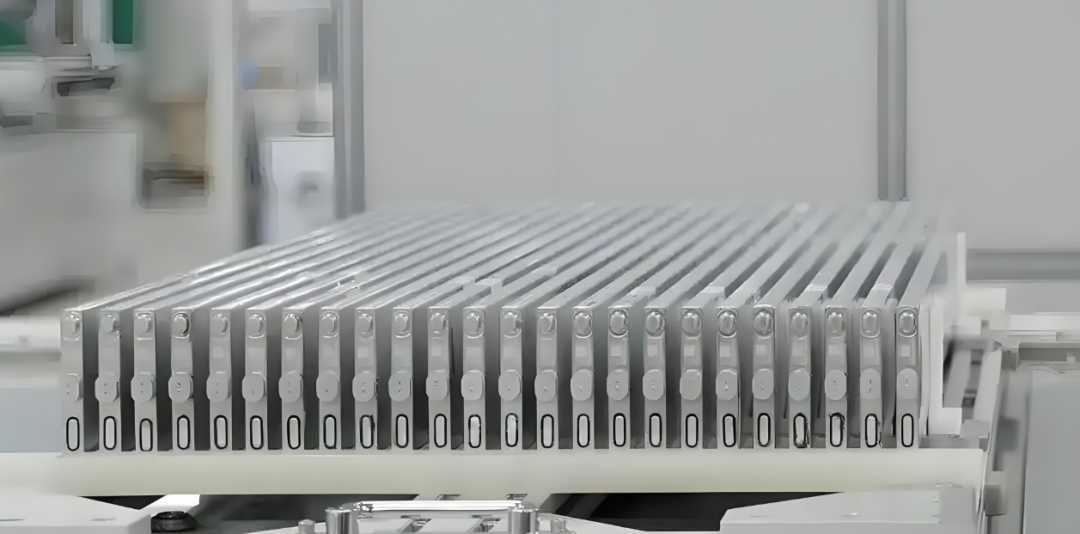
△ BYD's commitment to the lithium iron phosphate battery technology route has become one of its core technologies for global success.
Therefore, rather than creating a giant through administrative means, it is more prudent to innovate in technology or business models, enabling Dongfeng or Changan to launch globally influential models akin to BYD's Dynasty series. Given the current situation, Dongfeng and Changan are better suited for internal reforms. Both Hovo Auto and AITO are prioritized areas within their respective groups. Bluntly put, they "do not lack funds" but rather the determination and courage to overtake in a curve.

△ Neither Changan nor Dongfeng possesses a "trump card" level product.
Market-Led Mergers and Acquisitions Are the Mainstream
Objectively, there are pros and cons to the potential merger of Changan and Dongfeng. From SASAC's perspective, creating a larger and stronger state-owned automotive group aligns with China's national automotive strategic needs. However, can Dongfeng and Changan solidly secure the position of China's "number one" automaker post-merger due to economies of scale? Taking SAIC Motor as an example, it once held the two "trump card" combinations of Volkswagen and General Motors in the era of fuel vehicles, providing continuous financial support for its own brands while also integrating Nanjing Automobile Corporation, which held the MG brand. However, both the Roewe and MG brands are currently underperforming in the domestic market.
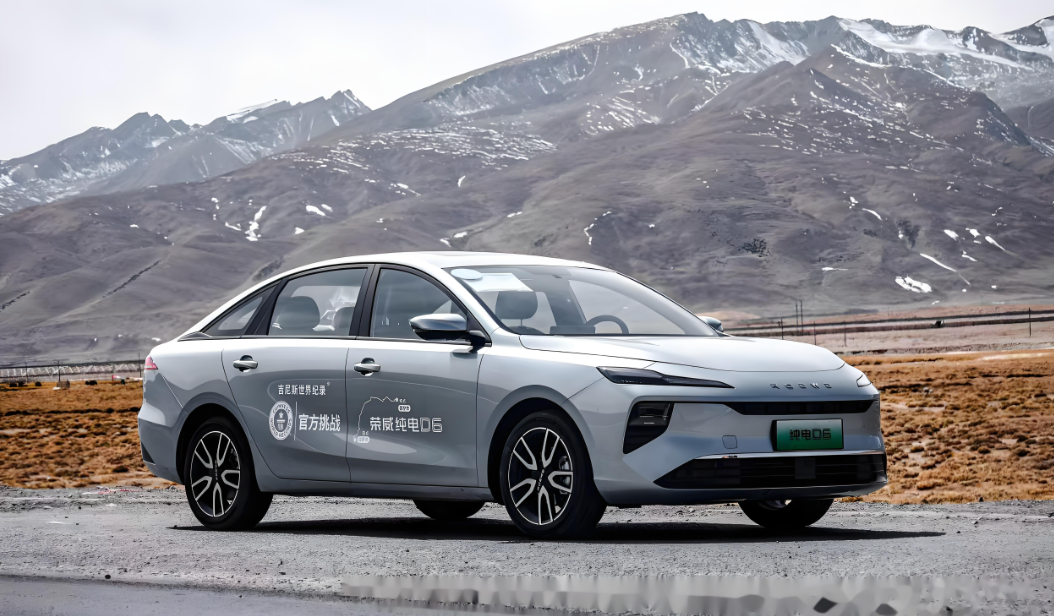
△ SAIC Motor is also facing challenges in the domestic market.
Therefore, mergers and acquisitions initiated autonomously by market entities can better cater to market demands, leveraging the invisible hand of the market to optimize resource allocation efficiency. Both Changan and Dongfeng are more cognizant of what they lack the most and how to achieve breakthroughs. Hence, regardless of whether they merge or separate, they will ultimately conform to market demands. Previously, there were rumors that Changan hoped to integrate HiPhi Automobile to fill the gap in its high-end new energy vehicles. Although it ultimately failed, HiPhi's resources are clearly something that Dongfeng Motor Corporation cannot currently provide to Changan Automobile.
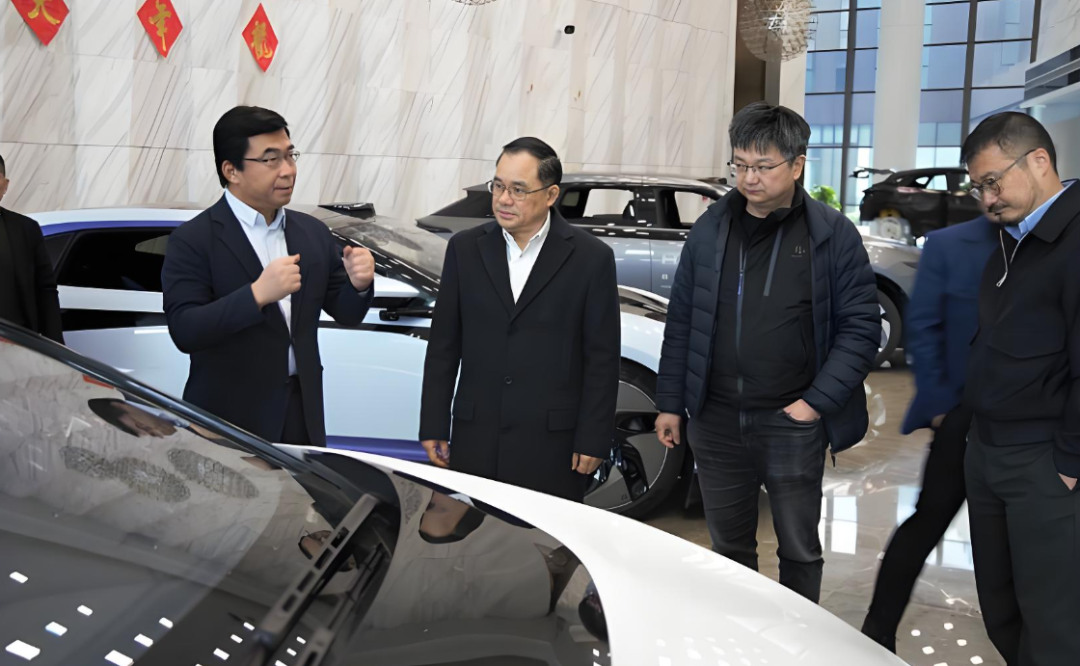
△ What Changan needs to integrate is an automaker that can fill its market or technological gaps.
Commentary
Currently, domestic auto market competition is fierce, and both Changan and Dongfeng face their own challenges. However, after this round of price wars, any automaker that survives must possess its own strengths. Given their respective situations, Dongfeng and Changan do not need to hastily expend time and effort on integration during the most brutal phase of market competition. Instead, they urgently need to bolster their internal strength to expand their market space. Although the two automakers are not merging for now, they can engage in joint research and development or even establish joint ventures in many common areas, starting with simpler initiatives and gradually deepening cooperation. In the future, they may naturally integrate when the timing is right.
(This article is originally created by "Heyan Yueche" and cannot be reproduced without authorization)








